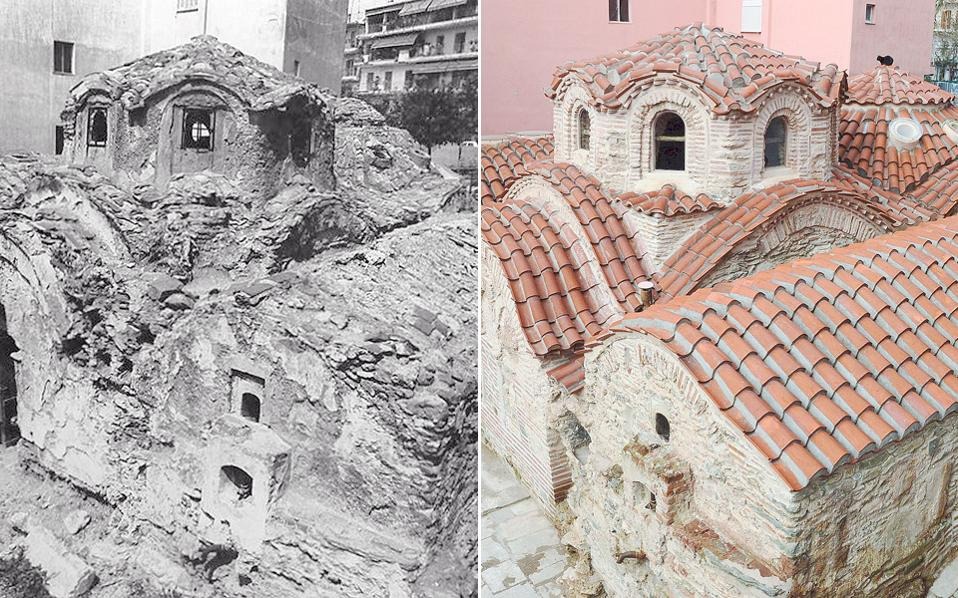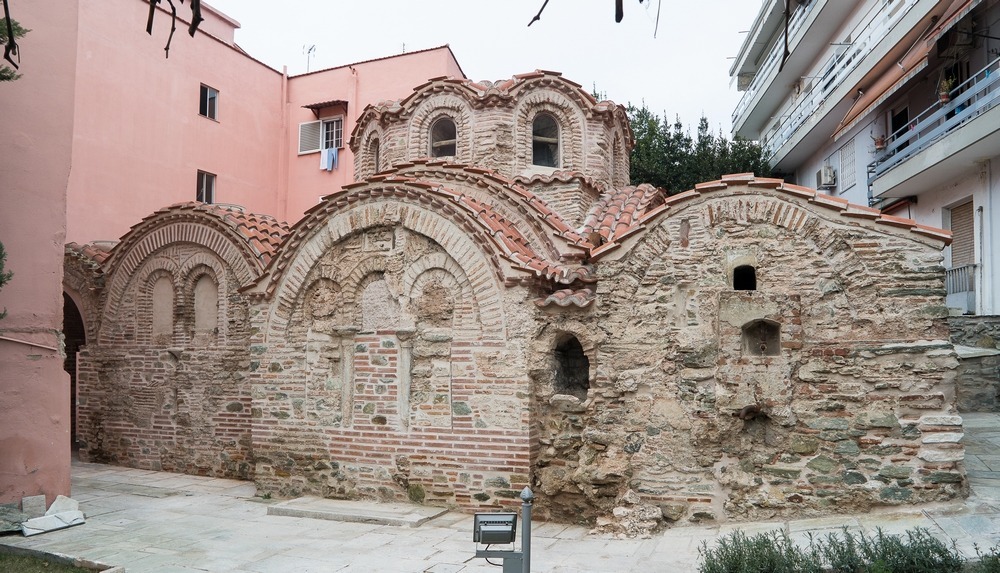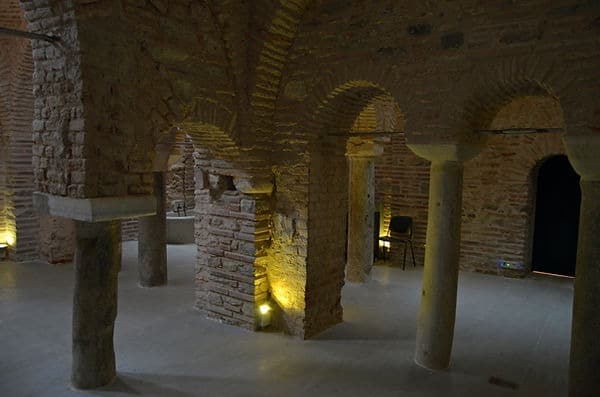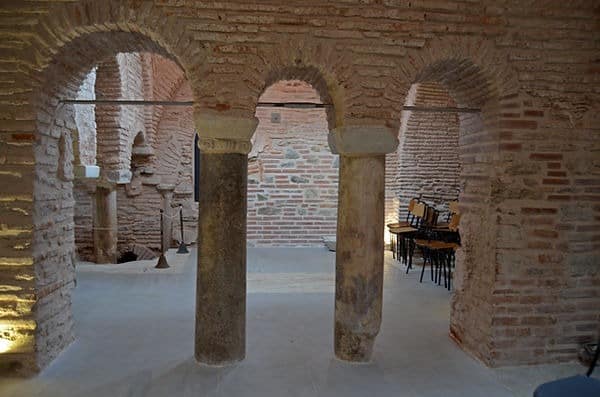Byzantine Bath – One Of The 15 Paleochristian And Byzantine Monuments Of Thessaloniki
The Byzantine Bath is a remarkable and well-preserved historical site and one of the few surviving Byzantine baths in Greece.
In 1988, the Byzantine Bath of the Upper Town was recognized as one of the 15 Paleochristian and Byzantine Monuments of Thessaloniki and was included in the UNESCO World Heritage List.

History
The Byzantine Bath is located on Theotokopoulou Street in the Upper Old Town of Thessaloniki.
It was built in the late 12th or early 13th century and served the community for centuries.
It operated continuously until 1940 when it closed due to World War II and the German occupation of Greece.
After that, the bath suffered neglect and damage, especially during the 1978 earthquakes.

Interestingly, historical records from the Byzantine period do not mention the bath, suggesting it might have originally been part of a monastery complex.
During the Ottoman era, it was known as Kule Hammam, or “bath of the citadel.”

Architecture
The bath’s architecture follows the typical Roman bath design, which underwent numerous modifications over the centuries.
The original entrance on the south side leads to the frigidarium or dressing rooms.
From there, visitors would progress to the tepidarium or warm rooms, and finally to the caldarium, or hot rooms.

The caldarium rooms were particularly impressive, featuring hypocausts (underfloor heating systems) and domed ceilings, one of which was supported by an octagonal base with eight windows.

In Byzantine times, men and women used the bath at different times.
However, during Ottoman rule, it was divided into separate sections for men and women, with modifications made to the original structure to accommodate this change.

Despite many changes, the bath’s main structure remains well-preserved.


